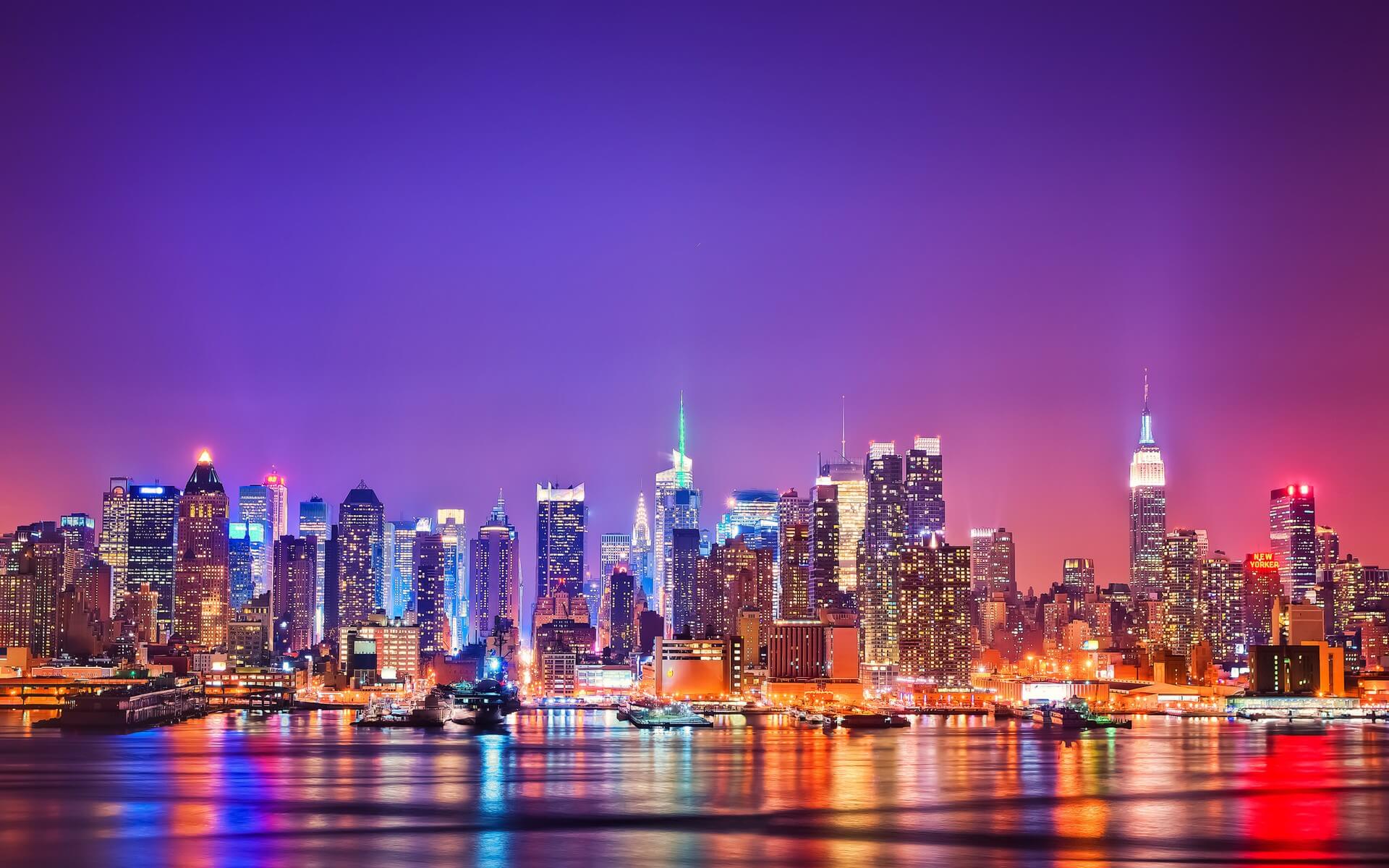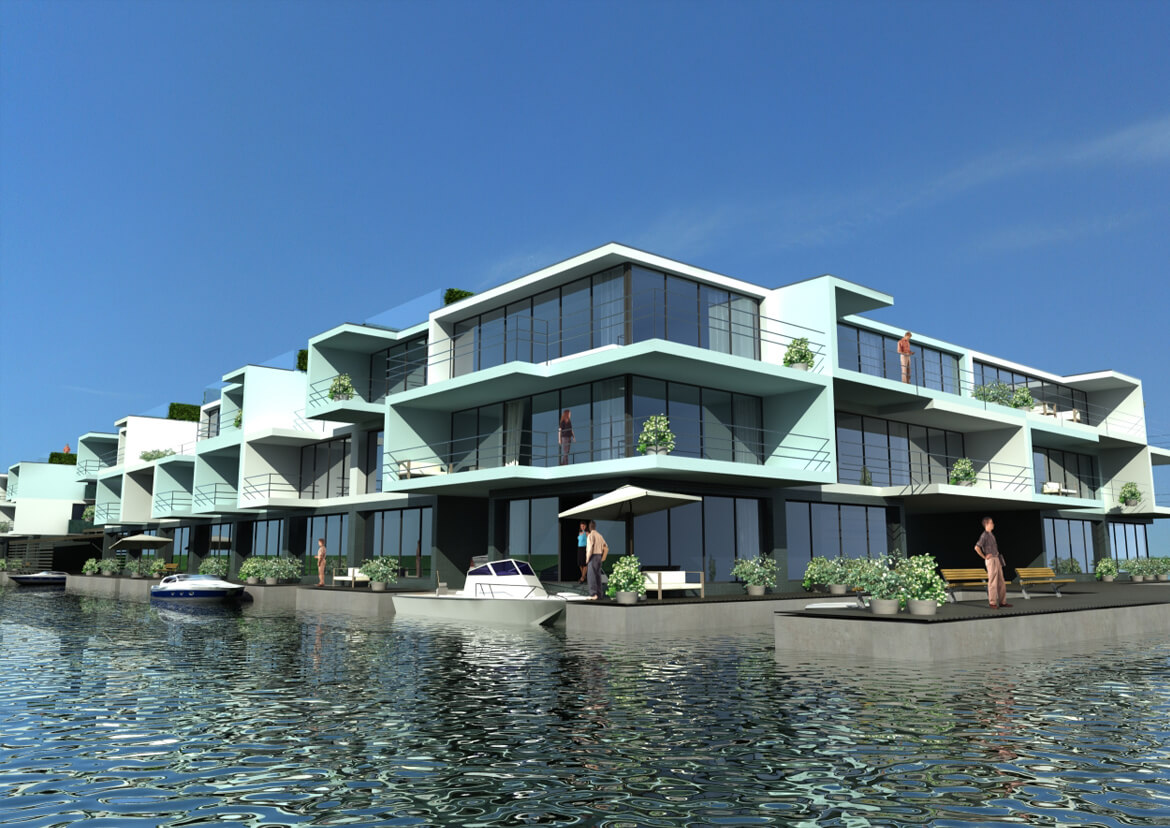
Rolf Peters joins the NY – Rotterdam exchange

Rolf Peters is in New York to participate the NY – Rotterdam waterfront exchange
Erie Basin is a unique area of some 90 acres (36.4 hectares) of water situated at a key location in SW Brooklyn between Red Hook and Sunset Park. With the skyline of Manhattan and downtown Brooklyn as a backdrop, it offers one-of-a-kind possibilities for attractive developments that respond to both the city’s housing needs, as well as promoting public awareness by showcasing New York City’s sustainable policy.
Due to the unpredictability of the effects of climate change, normal land use or landfill programs are hardly sustainable solutions to guarantee that New York
“keeps its feet dry,” as the Dutch say. Raising houses by constructing on stilts may seem a logical adaptation to avoid the problem, but living 10ft above the water certainly spoils the special attraction that contact with the water has in terms of living quality. Direct experience of the water is a potential waiting to be utilized:boating, canoeing, and lounging on a terrace at the waterside. Using the water could provide unique selling points for branding the Erie Basin development. The true significance of such a floating development, however, would be its educational potential. Imagine a floating development where school buses from all over the country would come to see about climate change and NY’s solutions to deal with that change. People would come to learn about taking responsibilities for preventing climate change by seeing the necessity of adapting our built environment to rising water levels, as well as solutions to do so. And all of this is outside with the water right there at your fingertips, not framed in a slideshow under the protective roofs of a dusty museum. Floating developments could consist of walkways, parking garages and even roads, ranging in total size from 500,000 to approximately 2,000,000 ft2 (185,806 m2). On top of these structures apartment buildings, single houses, offices, and leisure up to 5 stories high can be realized, all exactly the same way as usual in Brooklyn and according to actual demand. All designed based on technology that is tested and approved by certification institutions on Marine Safety with guaranteed insurance and mortgage possibilities. Currently, the world’s largest development of this kind is the project called “The New Water” in a former greenhouse area near Rotterdam,the Netherlands. In this high level development, a total of 1,200 houses will be built within 2 to 8 years, of which some 600 will be floating. Going even another step further, the Erie Basin project could be fully self-supporting, meaning that all power, clean water and climate control utilities are fully provided for within the developments themselves, without needing additional external resources. Electrical power can be generated using tidal energy; heating and cooling by means of heat exchanging systems using the surrounding water; and potable water can be made on the spot by desalination.
By combining the living quality of the waterfront with the latest environmentally-friendly technologies, Erie Basin could be a world leading education center demonstrating sustainable solutions for adapting to climate change, as well as actively contributing to preventing further climate change.